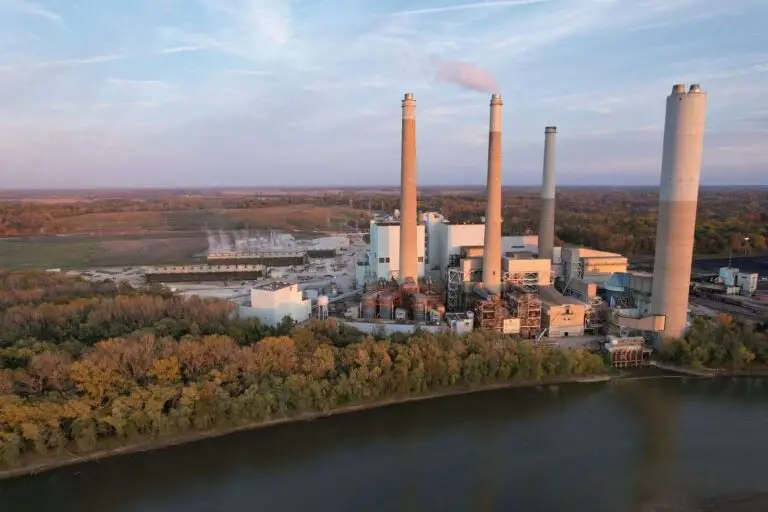PARIS, France (AP) — The United Nations has issued a stark warning that greenhouse gas levels in the atmosphere have reached unprecedented highs in 2023, significantly hindering global efforts to combat climate change. This alarming development highlights a critical gap between current emissions and the drastic reductions needed to mitigate severe warming impacts.
According to the World Meteorological Organization (WMO), concentrations of the primary greenhouse gases—carbon dioxide (CO2), methane (CH4), and nitrous oxide (N2O)—have all surged again this year. These increases are largely attributed to ongoing fossil fuel combustion and other anthropogenic activities, which continue to drive a relentless rise in emissions, despite the escalating severity and frequency of extreme weather events around the world.
A complementary report from the UN Framework Convention on Climate Change indicates that the world is making minimal progress toward achieving the 43 percent emissions reduction target set for 2030 to avoid catastrophic warming. Current trajectories suggest that efforts could yield only a meager 2.6 percent decrease in emissions from 2019 levels over the next decade.
“National climate strategies are far from sufficient to prevent global warming from destabilizing economies and jeopardizing the livelihoods of billions,” warned UN climate chief Simon Stiell. His comments underscore the urgent need for countries to revise their climate action plans, especially as the COP29 climate summit approaches in Azerbaijan, where nations are expected to submit updated strategies.
Under the Paris Agreement of 2015, signatories pledged to limit global temperature rise to “well below” two degrees Celsius compared to pre-industrial levels, with an aspirational goal of capping it at 1.5 degrees Celsius. However, current commitments suggest that the world is on track to emit an alarming 51.5 billion tons of CO2 equivalent by 2030, which Stiell described as a formula for “economic and humanitarian disaster.”
The WMO report reveals that CO2 levels in the atmosphere are increasing at the fastest rate recorded, with current concentrations standing at 420 parts per million (ppm)—51 percent higher than pre-industrial levels. The agency noted that the last time CO2 levels reached similar highs, approximately three to five million years ago, global temperatures were 2-3 degrees Celsius warmer, and sea levels were significantly higher.
WMO chief Celeste Saulo emphasized that the trajectory of global emissions and temperatures must change urgently to meet the targets of the Paris Agreement. She remarked that the current levels of greenhouse gases are a clear signal that “urgent action is required” from global leaders.
Further complicating matters, WMO deputy chief Ko Barrett warned of potential feedback loops that could exacerbate the climate crisis. Ecosystems, such as forests and oceans, could begin to release more greenhouse gases as they become stressed by rising temperatures. For instance, increased wildfires and diminished CO2 absorption capabilities of warmer oceans could lead to higher atmospheric CO2 levels, fueling further warming.
As the world grapples with these challenges, Barrett stressed that the pace of transitioning to a low-carbon economy will be crucial in shaping the planet’s future climate trajectory.
With the stakes higher than ever, the urgency for comprehensive and immediate climate action is paramount to avert the worst consequences of climate change.

